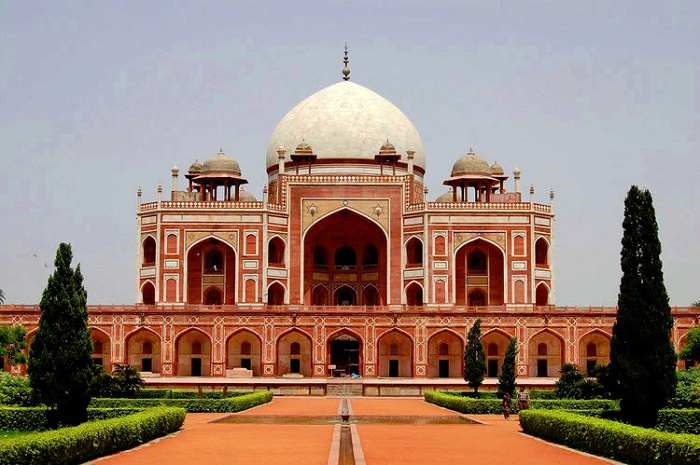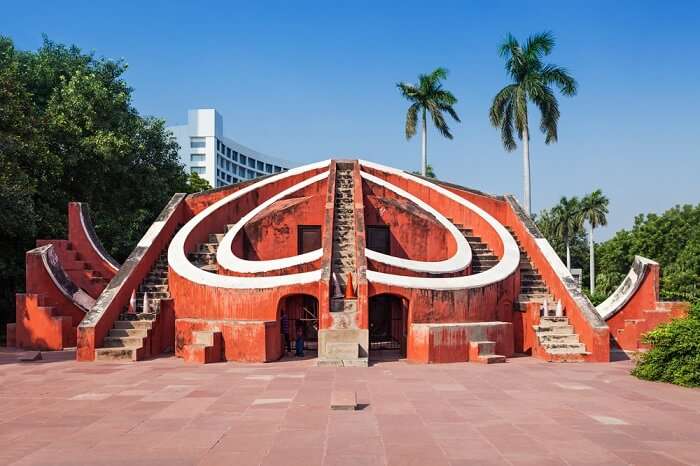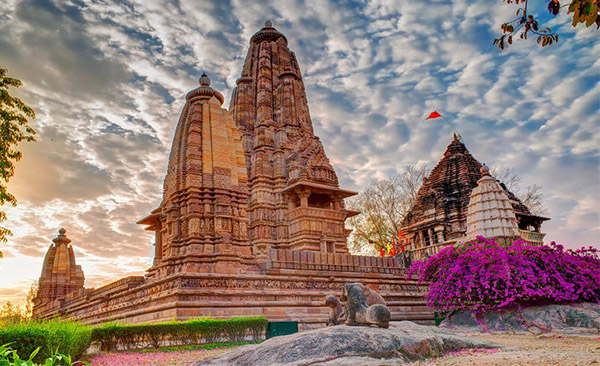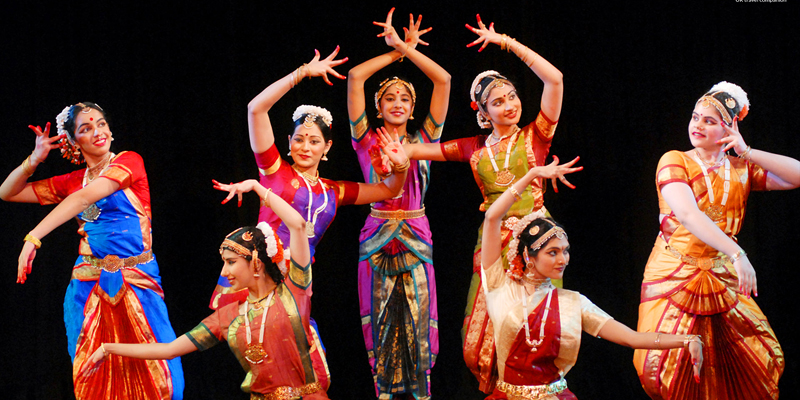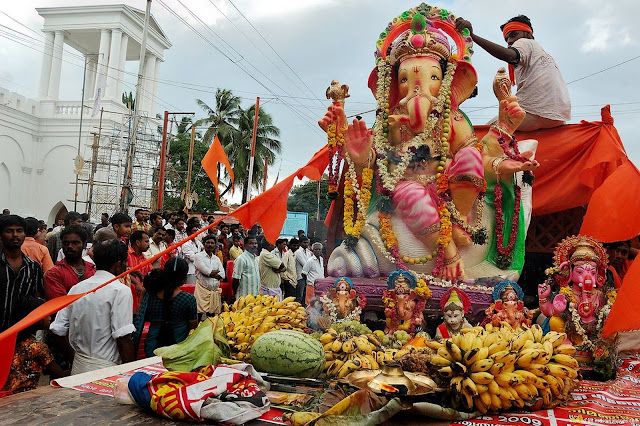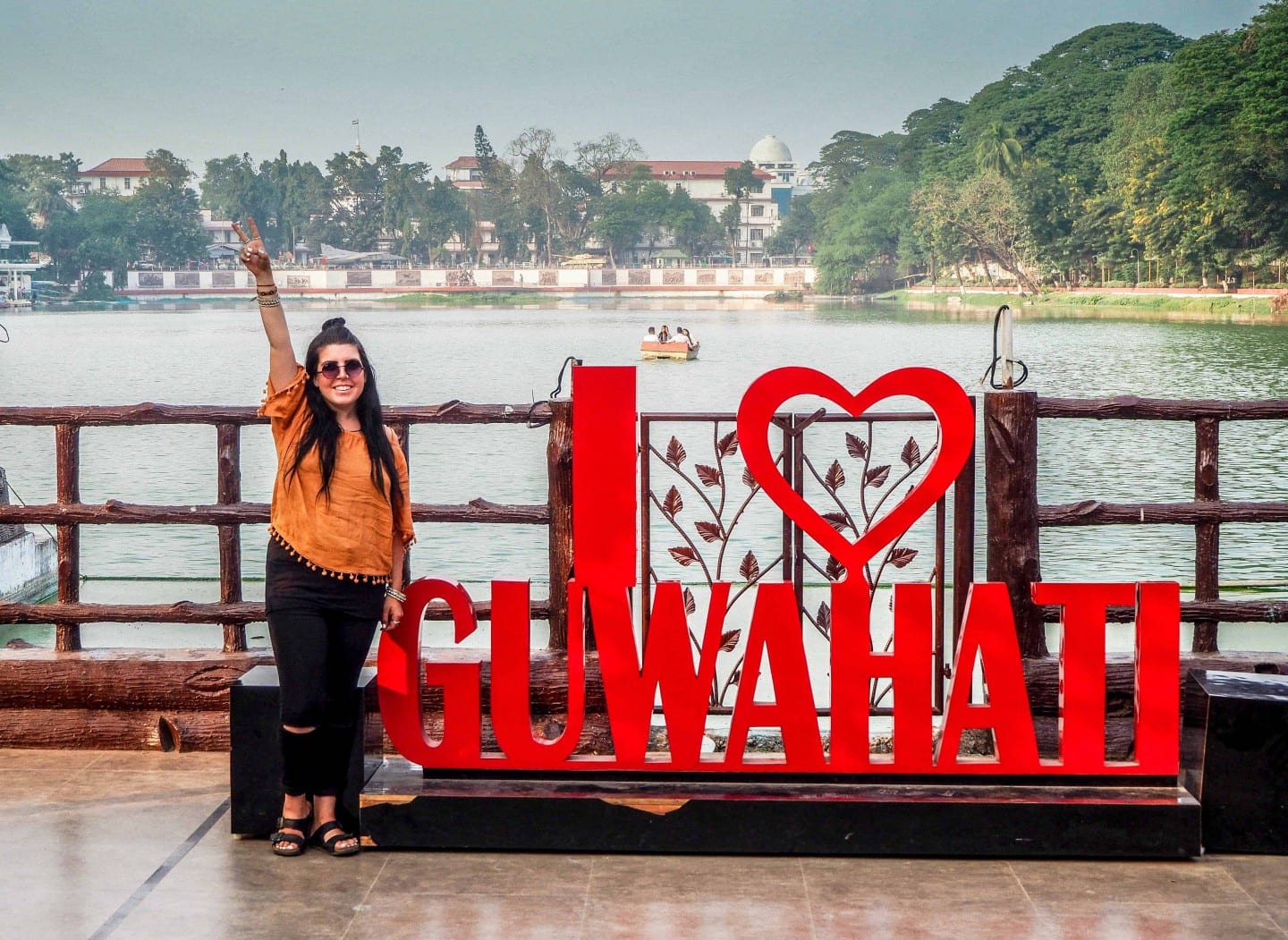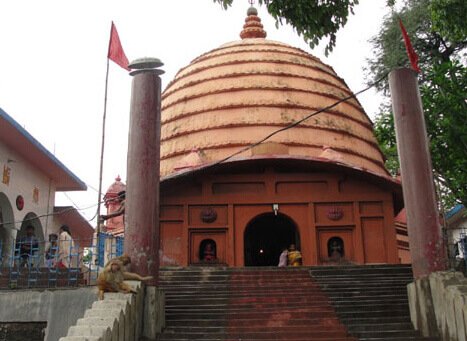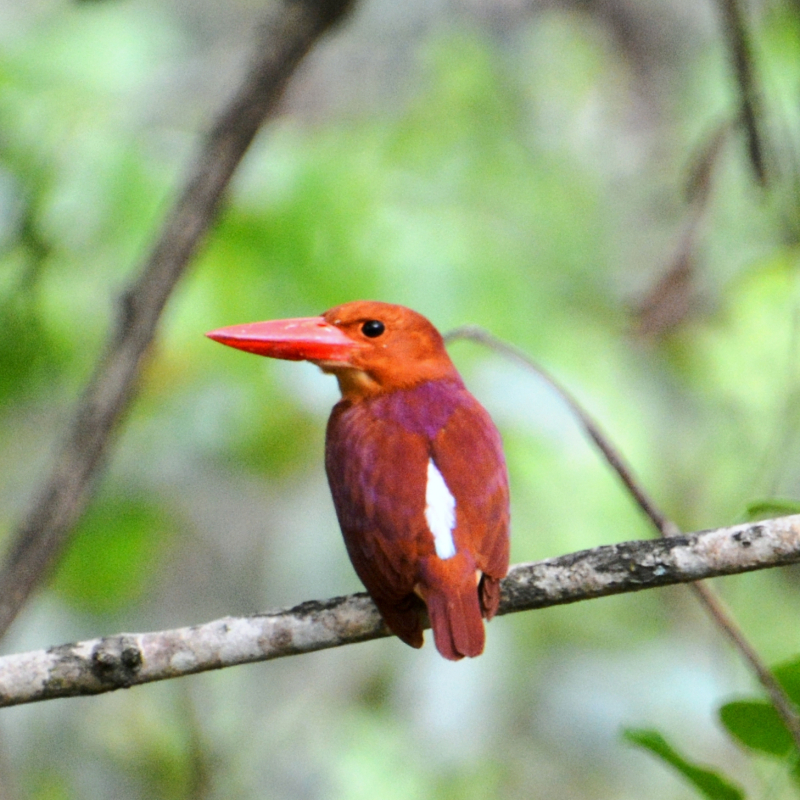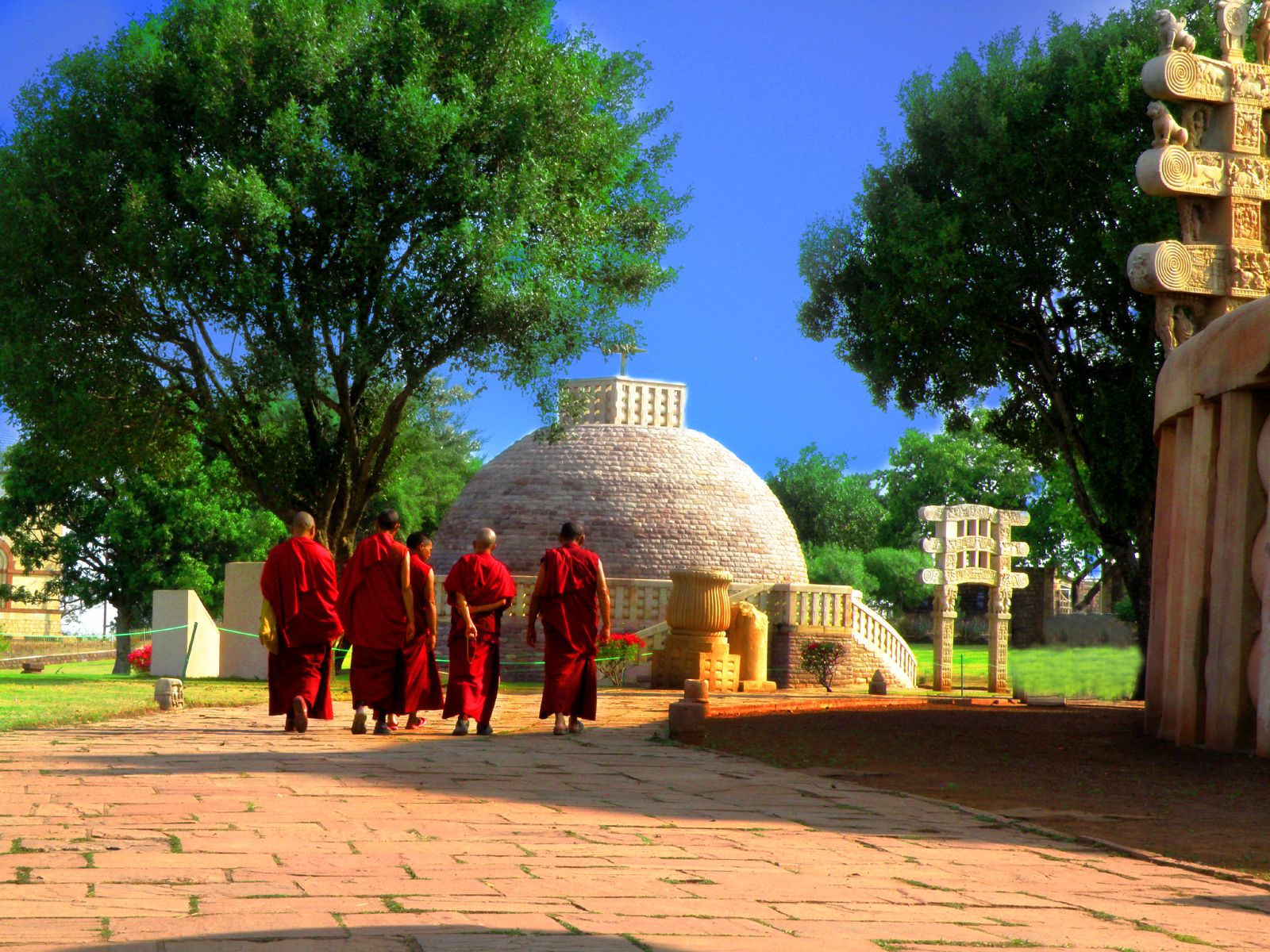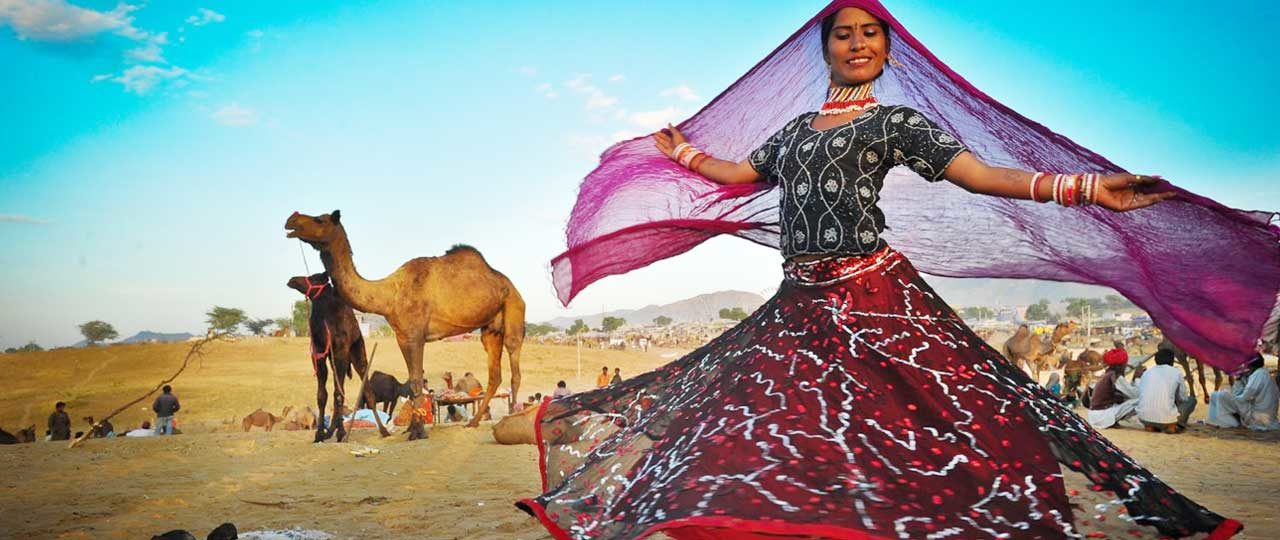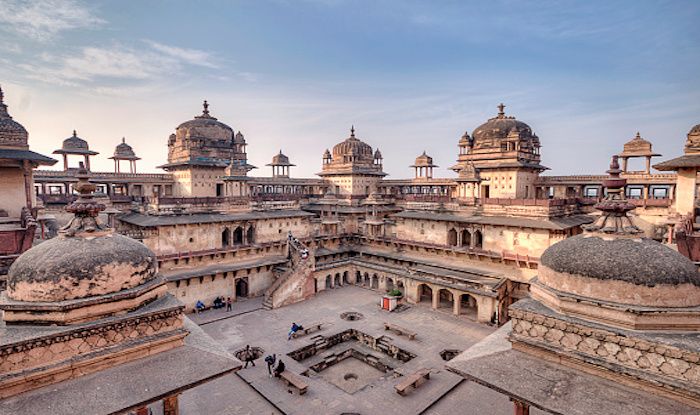The monsoon season brings a breath of relief from the scorching heat and what place can be better than
Rajasthan during this time. Every traveler is aware of the summers in this dry state, but with the arrival of monsoon, it welcomes its visitors to explore the royalty which is intact at its every heritage architecture. And when it comes to exploring
Rajasthan,
Jaisalmer city is considered as one of the best. Often called the golden city, this
desert city is known for its
magnificent forts, palaces and man-made reservoirs and lake which add a touch of heritage and culture of the royalty which prevails in
Rajasthan. So, if you’re planning to take a tour of Rajasthan, make sure to spend the monsoon in Jaisalmer and live a few days like never before.
 Monsoon Weather in Jaisalmer:-
Jaisalmer Fort -
Monsoon Weather in Jaisalmer:-
Jaisalmer Fort - The Jaisalmer Fort also goes by the name Sonar Quila (Golden Fort) as it rises from the desert itself and seems to become one with the golden hues of the sand. The setting sun adds its own magic and shrouds the fort with mystique. The fort is constructed in the classic style of the royals by local craftsmen. This fort is a world heritage site and forms an important plot point in one of Satyajit Ray’s famous Feluda stories and corresponding movie, Sonar Kela (The Golden Fortress).
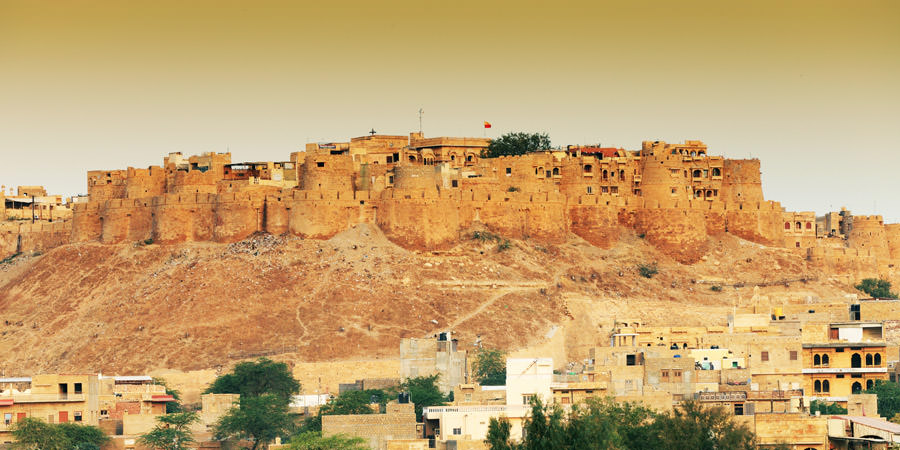 Kuldhara -
Kuldhara - The underlying history of Kuldhara has piqued the curiosity of one visitor too many, and makes it one of the most enigmatic destinations to visit in Jaisalmer, Rajasthan. The story has a beautiful daughter, an unscrupulous minister, scared villagers, an exodus in the middle of the night, and no idea where the villagers vanished. This is not the story of a movie, but the unfathomable legend that lies behind the abandoned village of Kuldhara. Located about 18 km from the city of Jaisalmer is this old town that was abandoned by its villagers in the 1800s. It was like the entire town vanished in the course of a single night. With about 85 villages full of people, it remains a mystery as to how no one saw them leave; in fact, even to this date, no one knows where all of them went either. The village remains uninhabited to the day, in the same state that the villagers had left it, hundreds of years ago. The location has become a major tourist destination as people from all over the world travel here to revel in the mysteries of the past. The desolate outline of Kuldhara etches a story in front of your eyes, if you are keen enough to read it!
 Tanot Mata Temple -
Tanot Mata Temple - Some 120 kilometres away from Jaisalmer is the Tanot Mata Temple. Tanot Mata is considered to be a reincarnation of Goddess Hinglaj. There are many stories of how during the 1965 India-Pakistan war, Tanot was under heavy attack and shelling. However, none of the shells or bombs fired at the temple exploded. This reaffirmed people’s faith that Goddess the temple. Post the war, the Border Security Force (BSF) rebuilt the temple and today, the temple is managed by a BSF Trust.
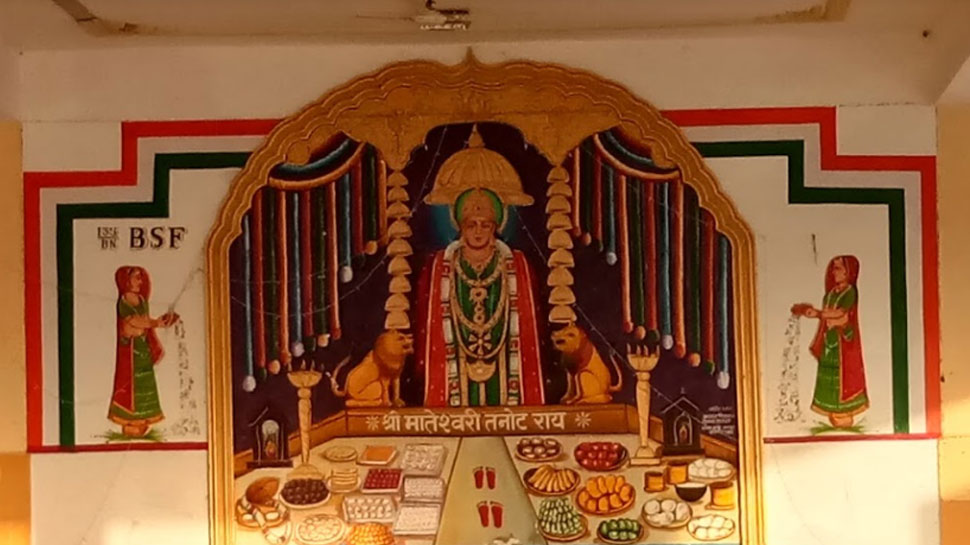 Ramdevra Temple -
Ramdevra Temple - Located 12 kilometres from Pokhran on the Jodhpur – Jaisalmer route lies Ramdevra Temple. While most people assume it is a temple dedicated Lord Ram, it is in fact, dedicated to renowned saint Baba Ramdevji. The temple marks the eternal resting place of Baba Ramdevji and is visited by people of all faiths. Between August and September, a large fair known as Ramdevra Fair is held here, and it attracts large numbers of devotees who sing devotional songs all night long.
 Vyas Chhatri -
Vyas Chhatri - Located in Bada Bagh in Jaisalmer, Vyas Chhatri is one of the most beautiful examples of Rajasthani architecture. This old Brahmin cemetery, full of local versions of cenotaphs, is dedicated to Ved Vyaas, the sage who wrote the epic, Mahabharata. Filled with cenotaphs all throughout, this place is more popularly referred to as the sunset point of Jaisalmer. Every evening, hordes of people visit the Vyas Chhatri to get a glimpse of the beautiful desert sunset. Everywhere around here you can see beautiful golden sandstone chhatris that are covered in intricate and delicate carvings. A popular destination among tourists, Vyas Chhatri offers a bird’s eye view of Jaisalmer, the fort, and even the adjoining areas. Visitors can also witness a number of locals at Vyas Chhatri, playing Rajasthani tunes on the algoza, a double fluted instrument, making it an experience that astounds the senses.
 Amar Sagar Lake -
Amar Sagar Lake - Amar Sagar Lake, located about 7 km towards the western outskirts of Jaisalmer, is a lake cum oasis lying adjacent to the Amar Singh Palace. The palace itself was built in the 17 th century. The complex that includes the palace and the lake is also home to several ponds and wells, along with an old temple dedicated to Lord Shiva. Numerous figureheads of animals carved in stone surround the lake, and according to legends, these carved figureheads are supposed to be protectors of the royal family. At one end, there are pavilions with stairs that lead down to the lake; while at the other end is a beautiful, aesthetically carved Jain temple. A peaceful and tranquil place, the Amar Sagar Lake is yet another spot in Jaisalmer where you have an opportunity to watch a gorgeous sunset.
 Jaisalmer Government Museum -
Jaisalmer Government Museum - Established by the Department of Archaeology and Museums, it is a prime attraction for tourists visiting Jaisalmer. The most striking display is the trophy of Rajasthan‘s state bird Godawan (the great Indian bustard). Traditional household items, rock-cut crockery, jewellery and statues from the 7th and 9th century AD displayed here are remnants of the city’s rich cultural heritage.
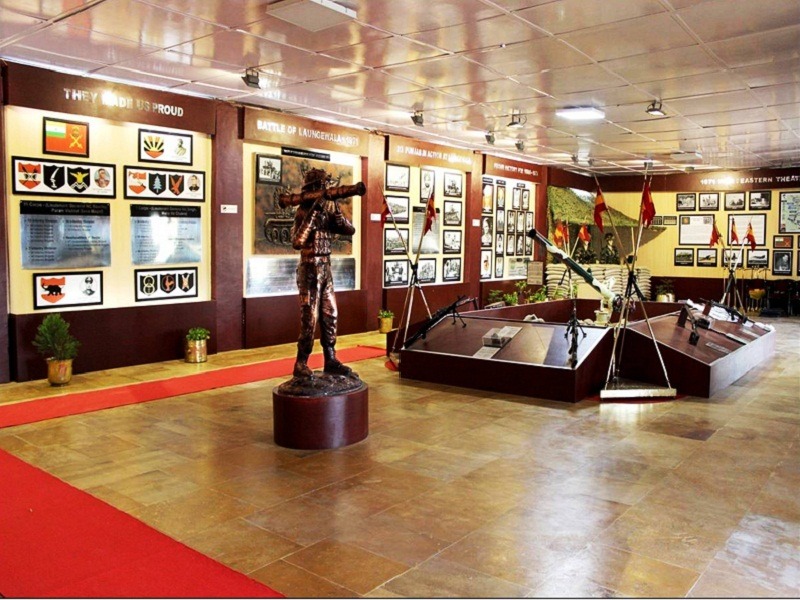 Nathmal Ji Ki Haveli -
Nathmal Ji Ki Haveli - Two architect brothers built Nathmal Ji Ki Haveli in the 19th century. They worked on the haveli from two sides and the outcome is a beautiful blend of the symmetrical construction. Miniature style paintings and mighty tuskers carved out of yellow sandstone are used for decoration.
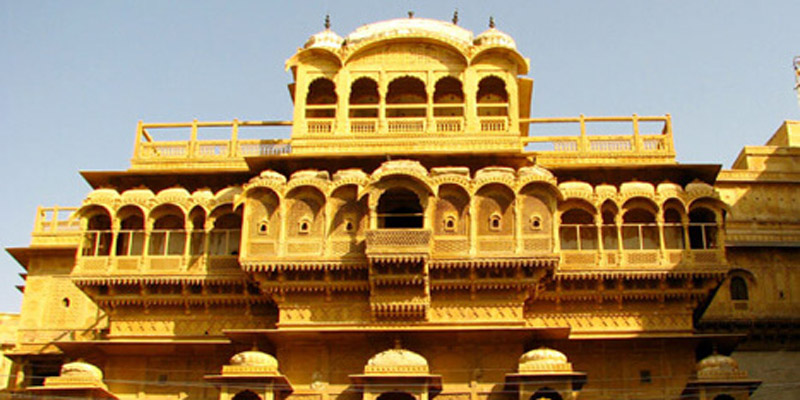 Salim Singh ki Haveli -
Salim Singh ki Haveli - This haveli was built in the first half of the 18th century and a part of it is still occupied by descendants of the original residents. The high arched roof is supported by carved brackets designed in the shape of peacocks. Legend has it that there were two additional wooden storeys that made it match the Maharaja's palace in height, but he ordered for the upper level to be demolished.
 Patwon Ki Haveli -
Patwon Ki Haveli - Among the largest and the most elaborately carved havelis in Jaisalmer, this five-storey structure sits proudly in a narrow street. While the haveli has lost some of its early glory, a few paintings and mirror work art can still be seen on the inside walls.
 Mandir Palace -
Mandir Palace - The five-storeyed majesty of the Badal Mahal (Cloud Palace) is further enhanced by its pagoda-like Tazia Tower. Each floor of the palace has an intricately carved balcony. The Badal Palace owes its beauty to the skills of Muslim craftsmen who moulded the tower in the shape of a Tazia (a float that’s part of the procession of Muharram).
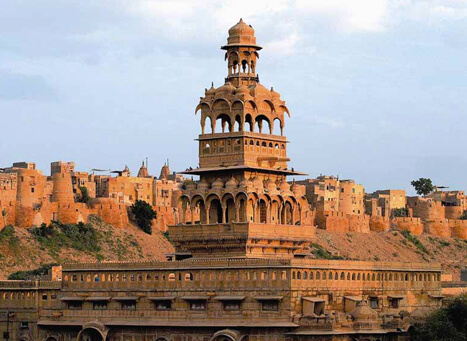 Jain Temples of Jaisalmer -
Jain Temples of Jaisalmer - The Jain Temples located inside the Jaisalmer Fort date back to the 12th and 15th centuries. The temples are dedicated to Rikhabdevji and Shambhavdevji, famous Jain hermits known as 'Tirthankars' (wise teachers who taught people how to attain nirvana). Like all other structures in Jaisalmer, the temples are carved out of yellow sandstone. They have been built in the famed Dilwara style which is known for its beautiful architecture.
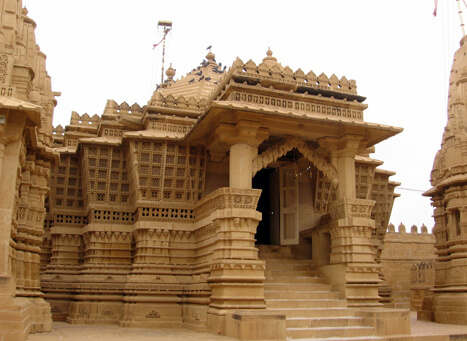 Gadsisar Lake -
Gadsisar Lake - Gadisar Lake was constructed in the 14th century by Maharawal Gadsi Singh to meet the water needs of his arid lands. Considering its importance, many small temples and shrines were constructed around it, transforming it into a pilgrimage centre and a tourist attraction.
 Bada Bagh -
Bada Bagh - About 6 kilometres to the north of Jaisalmer lies Bada Bagh, also called Barabagh (literally Big Garden). This garden complex houses chhatris or royal cenotaphs of the Maharajas of Jaisalmer state, including that of Jai Singh II. The location of the garden is such that it offers wonderful sunset vistas to tourists.
 Desert National Park - The Desert National Park displays the best of the Thar desert’s ecosystem and its varied wildlife. The Park is formed of undulating sand dunes, jagged rocks, dense salt lake bottoms and inter-medial areas. Various species of animals such as black buck, chinkara and desert fox inhabit the Park. The highly endangered Great Indian Bustard, one of the world's heaviest flying birds, can also be seen here. In winter, the park hosts an incredible variety of migratory raptors such Himalayan and Eurasian Griffon Vultures, Eastern Imperial Eagle, and the Saker Falcon.
Desert National Park - The Desert National Park displays the best of the Thar desert’s ecosystem and its varied wildlife. The Park is formed of undulating sand dunes, jagged rocks, dense salt lake bottoms and inter-medial areas. Various species of animals such as black buck, chinkara and desert fox inhabit the Park. The highly endangered Great Indian Bustard, one of the world's heaviest flying birds, can also be seen here. In winter, the park hosts an incredible variety of migratory raptors such Himalayan and Eurasian Griffon Vultures, Eastern Imperial Eagle, and the Saker Falcon.
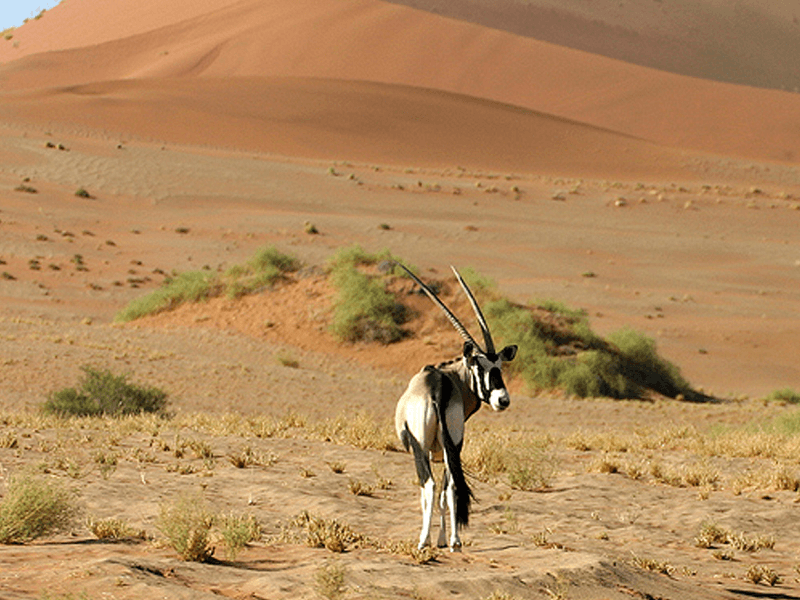 India Tourism
India Tourism
Rajasthan Tourism
Jaisalmer Attractions
India Tour Packages
India Luxury Tours
India Budget Tours



